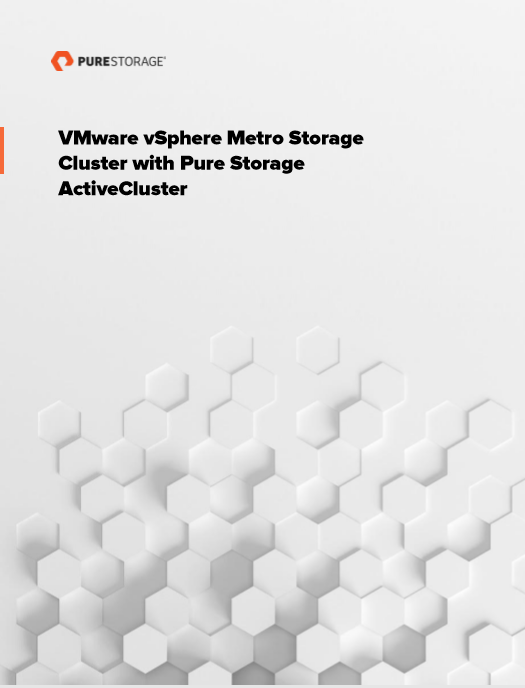I recently did a VMUG webcast on VVols and there were a ton of questions and unfortunately I ran out of time and could not answer a lot of them. I felt bad about that, so I decided to follow up. I was going to send out emails to the people who asked, but figured it was simpler and more useful to others to just put them all here.
See the VMUG VVol webinar here:
You can get my slides here.
Questions:
Would VVols replace the requirements for RDM’s?
Answer: Maybe. It depends on why you are using RDMs. If it is simply to allow sharing or overwriting between physical and virtual. VVols will replace RDMs. If it is to make it easier to restore from array snapshots, VVols will replace them. If it is for Microsoft Failover Clustering, VVols are not supported with that yet. You still need RDMs. Though VMware is supposed to be adding support for this in the next release. See this post for more info. Continue reading “VVol VMUG Webinar Q&A Follow Up”



